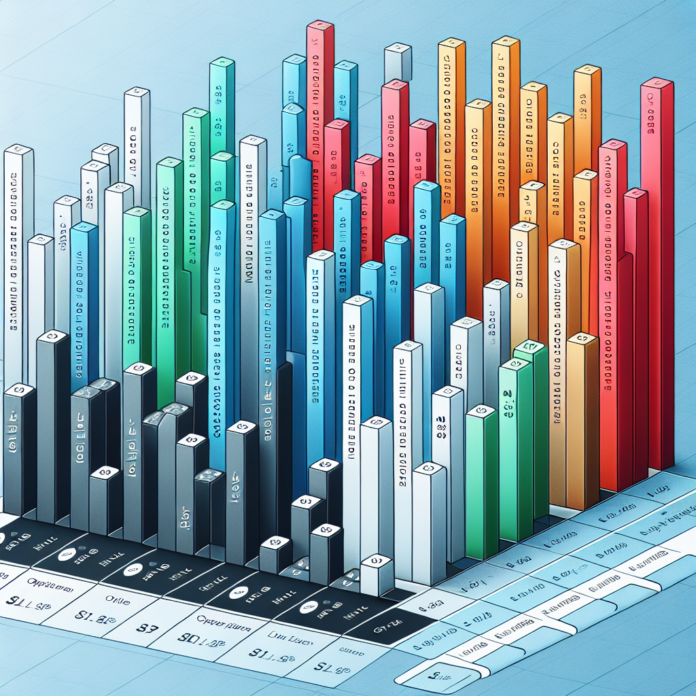Introduction:
Leverage is a powerful tool in the world of options trading, and the strike price of an option is a key determinant of the level of leverage an investor can access. By carefully selecting strike prices, traders can magnify their investment exposure and potential returns without committing large amounts of capital upfront. This article explores how savvy strike price selection can optimize leverage in options trading.
Strike Price: The Starting Block of Options Leverage:
At its core, the strike price is the predetermined price at which the holder of an option can buy (in the case of a call option) or sell (in the case of a put option) the underlying asset. This price acts as the benchmark determining an option’s intrinsic value and affects its premium – thus directly influencing leverage.
For a detailed explanation of strike price relevance in options, peruse educational resources on Investopedia.
Intrinsic Value and Leverage Potential:
An option’s intrinsic value is the difference between the strike price and the market price of the underlying asset. The closer an option’s strike price is to the underlying asset’s market price, the higher the intrinsic value and the lower the leverage since the premium will be higher. Conversely, out-of-the-money options (where the strike price is further away from the market price) offer higher leverage because they have no intrinsic value and are thus cheaper to purchase.
Delta: The Leverage Indicator:
Delta, one of the ‘Greeks,’ measures how much an option’s price is expected to change per $1 change in the price of the underlying asset and is a useful guide for the level of leverage an option provides. A higher delta means that the option price moves more closely with the underlying asset, offering lower leverage compared to an option with a lower delta, which requires a larger move in the underlying asset for the same change in price.
For an understanding of Delta’s impact on leverage, traders can consult real-time data on platforms such as Cboe’s Option Statistics.
Premiums and Leverage Efficiency:
The premium paid for an option is a decisive factor in determining leverage. Since leverage is the ability to control large amounts of an underlying asset with a proportionally smaller amount of capital, selecting a strike price with a lower premium can result in greater leverage. This must be balanced with the likelihood of the option expiring in-the-money.
Volatility’s Role in Amplifying Leverage:
Market volatility is another critical aspect that interacts with strike price to affect leverage. Volatility forecasts can lead to higher premiums for options, which in turn affects the leverage ratio. Traders looking to incorporate volatility into leverage considerations should keep an eye on the Volatility Index (VIX), which provides a real-time market index representing the market’s expectations for volatility over the coming 30 days.
Conclusion:
Strike prices provide the foundation upon which the leverage of an options position is built. Selecting the appropriate strike price is a delicate balance between the cost of the option (premium), the probability of a profitable outcome, and the desired level of leverage. An understanding of how these factors influence one another can significantly enhance an investor’s ability to use options to gain leveraged exposure to financial markets.
For investors seeking to deepen their expertise in options trading and leverage dynamics, The Options Clearing Corporation (OCC) offers a plethora of educational materials and tools for analysis.
The careful consideration of strike price when formulating an options strategy is essential for leveraging capital effectively. It enables traders to optimize their risk-reward ratio, utilize capital efficiently, and potentially amplify returns in a structured and controlled manner. Whether for speculative purposes or hedging, understanding the impact of strike price on the leverage of options is integral for any trader aiming to navigate the options market successfully.




 AGF-B.CO
AGF-B.CO